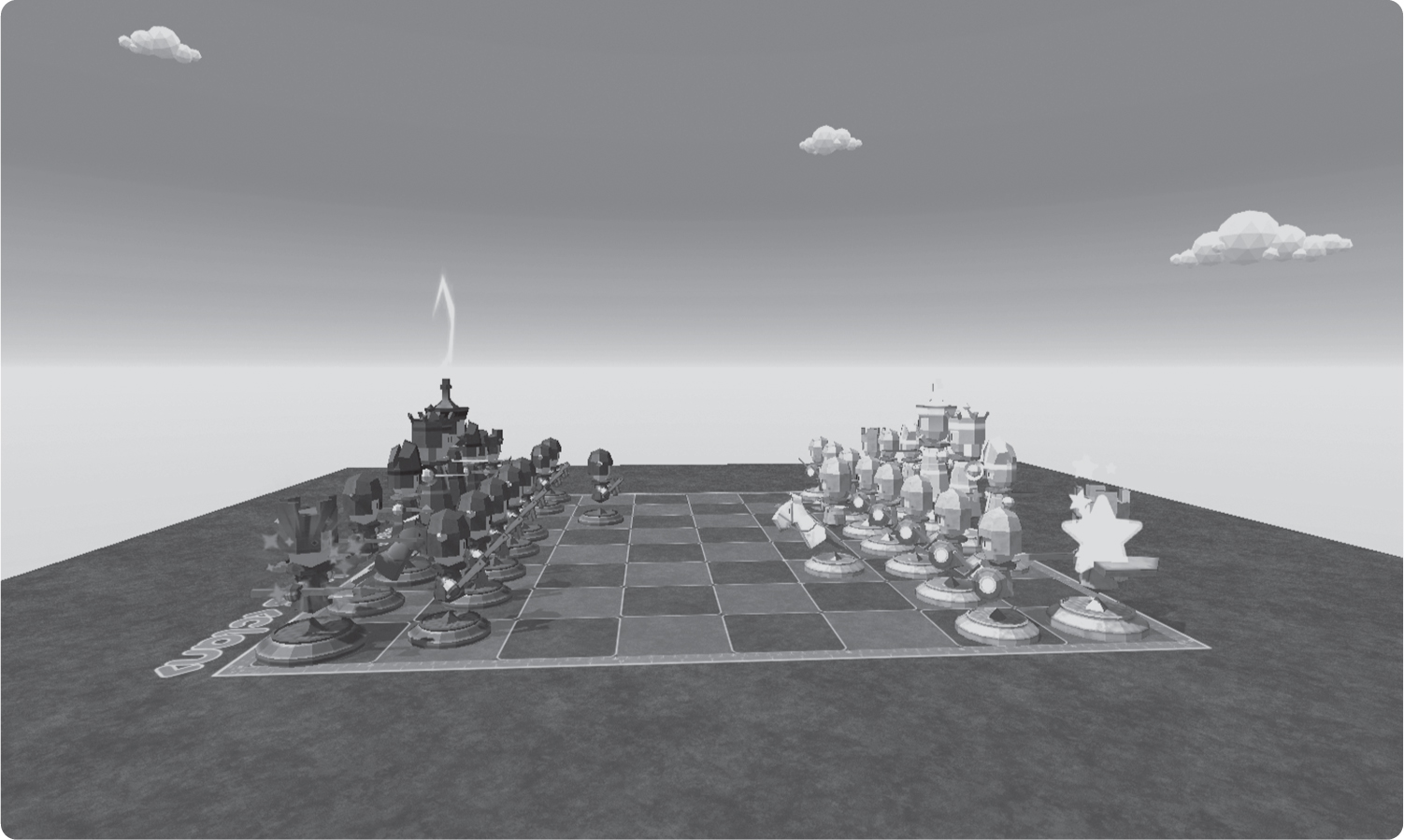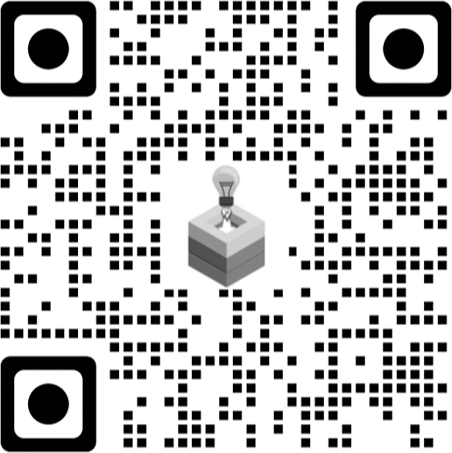CHAPTER
15
Global Collaboration Challenge: Chess
Kai’s Clan is a mixed-reality augmented reality (AR) and virtual reality (VR) robotics platform that takes physical computing to the next level! They offer the opportunity for true global collaboration with a hands-on learning environment for all students. It allows students to collaborate with each other in real-time (taking into consideration time zones). Their unique physical computing devices, coding platform, and tools allow students in one country to move devices of the students sitting in another country.
To really bring things to life, Kai’s Clan also uses 3D technology to implement virtual reality via an iPad so that students can see their programming from a first- or third-person point of view. Their devices can be coded with a block-based programming language, as well as the script-based language of JavaScript. Their sensor data, which can be downloaded as an XLS spreadsheet, allows students to graph and analyze data in a variety of ways. Engaging students in collaborative, global projects around environmental issues is ripe for teacher creativity, especially with the use of their temperature, humidity, and potentiometer sensors. Building internet-connected devices with over thirty different types of sensors allows both students and teachers from all over the world to create and PLAY!
The Challenge: Participate in a Collaborative Game of Chess
Playing chess has enormous benefits! Invented more than 1,500 years ago in India, legend has it that the ruler of India asked his wise men to devise a way to teach children of the royal family to become better thinkers and better generals on the battlefield. Not only does chess improve cognition skills—such as pattern recognition, algebraic and geometric thinking, and spatial reasoning—it also helps improve the executive functioning skills of problem-solving, critical thinking, attention span, and memory capacity.
Chess is already a global phenomenon, as it has spread to every country in the world. There are about 800 million chess players in the world, but only 1,500 grandmasters. What if educators all across the globe could bring children together to build their math, coding, and creativity skills by playing chess on a physical mat, as well as see their chess pieces come to life in the virtual world? Children in a third grade Australian classroom could move the chess pieces sitting on a mat in a third grade classroom in the U.S.

Figure 15.1. Chess board in the Global Collaboration Chess Challenge.
Students participating in the challenge will learn to code their chess pieces, adding animations, effects, sounds, and speech bubbles. As their skills improve, they can even build their own avatar chess pieces. This global challenge will provide students with the opportunity to build creativity, essential math skills, executive functioning skills, and most importantly become empowered learners, digital citizens, knowledge constructors, innovative designers, computational thinkers, creative communicators, and global collaborators.

What better way to integrate the ISTE Student Standards than to provide all classrooms and every student across the world the opportunity to engage with a challenge that supports every one of the seven standards? The Global Collaboration Chess Challenge is also a way to support building capacity for classrooms around the world, as well as teaching these essential skills in a play-based format. Learn more about it at youtu.be/haT7a_tCgEc.